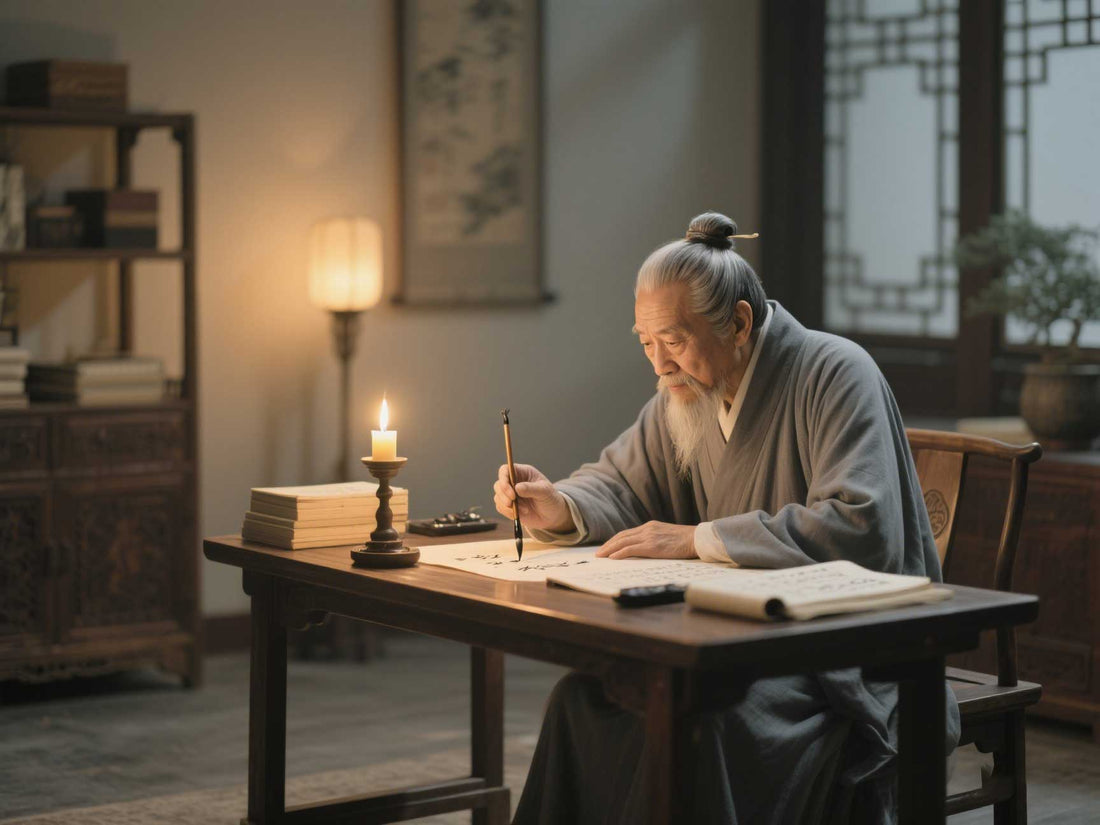
The history of Chinese calligraphy
Share
1. From Shang and Zhou Dynasties to Qin and Han Dynasties: The foundation of writing and the prototype of calligraphy
-
Oracle bone inscriptions and bronze inscriptions from the Shang and Zhou dynasties
- The oracle bone script of the Shang Dynasty is the earliest mature writing system, which uses knife carving techniques to form thin and hard lines, and has both pictographic and divination functions; the bronze inscriptions of the Western Zhou Dynasty (such as the "Da Yu Ding") were cast on bronze ware, with a structure that tends to be square and regular, and thick lines.
- The "Stone Drum Inscriptions" of the Warring States Period pioneered the large seal script. Its characters are simple in shape and its strokes are evenly symmetrical, making it the predecessor of the Qin seal script.
-
The Qin Dynasty unified the small seal script
- Qin Shi Huang promoted the "unified writing system". Li Si sorted out the small seal script and simplified the structure of the large seal script to form an official font with evenly rounded beginnings and ends, such as the "Taishan Inscription".
-
The Change of Li Characters and the Innovation of Calligraphy in Han Dynasty
- Lishu broke the curve of seal script and developed the "silkworm head and swallow tail" brushwork. The characters are flat and square, laying the foundation for regular script. The Zhang Qian Stele and the Cao Quan Stele from the Eastern Han Dynasty are models of official script.
- The cursive script (Zhangcao) and running script emerged, and the ink marks on Han bamboo slips show the early freedom of writing.
2. From Wei, Jin, and Tang Dynasties: Artistic Consciousness and Maturity of Laws
-
The culmination of Wei and Jin calligraphy styles
- Regular script was shaped by Zhong Yao, running script reached its peak with Wang Xizhi's "Lanting Preface", and modern cursive script (such as Zhang Zhi's "Champion Letter") gradually broke away from the constraints of official script.
- The inscriptions on the steles of the Northern and Southern Dynasties (Wei steles) combine the characteristics of official script and regular script, with a vigorous and simple style.
-
Standardization of regular script in the Tang Dynasty
- Ouyang Xun, Yan Zhenqing and Liu Gongquan established the standards of regular script, which were rigorous and dignified and became a model for writing in later generations.
- Cursive calligraphy (Zhang Xu and Huaisu) breaks through formal constraints and demonstrates emotional tension with continuous brushstrokes.
3. From Song and Yuan Dynasties to Ming and Qing Dynasties: Literatiization and School Division
-
The Song Dynasty’s style of calligraphy
- Su Shi, Huang Tingjian, Mi Fu and others emphasized personality and artistic conception, and incorporated the elegant taste of literati into running script, such as "Huangzhou Cold Food Post".
-
Retro Thoughts in the Yuan Dynasty
- Zhao Mengfu advocated a return to the tradition of the Two Wangs and promoted the revival of regular script and cursive script.
-
Diversified Development in Ming and Qing Dynasties
- Dong Qichang of the Ming Dynasty advocated an elegant style of calligraphy, while Wang Duo and Fu Shan of the late Ming Dynasty displayed strong personal styles in large-scale running and cursive scripts.
- Epigraphy emerged in the Qing Dynasty, and Jin Nong, Deng Shiru and others imitated bronze and stone inscriptions, breaking through the tradition of calligraphy.
IV. Modern times: inheritance and innovation
- Simplified and traditional Chinese characters split : Simplified characters were promoted in the 1950s, but traditional characters remain the mainstream carrier for calligraphy creation.
- Modern Exploration : Calligraphy incorporates Western art concepts, such as abstract expressionism, while traditional imitation of ancient works remains its foundation.
Key evolution comparison
| period | Core Fonts | feature | Representative works/characters |
|---|---|---|---|
| Shang Zhou | Oracle bone script and bronze inscription | Pictographic symbols, mainly cast | The Great Yu Ding |
| Qin and Han Dynasties | Small seal script, official script | Standardized structure and square strokes | "Taishan Stone Inscription" and "Zhang Qian Stele" |
| Wei and Jin Dynasties | Running script, regular script | The technique matured and the aesthetics of literati became involved | Wang Xizhi's "Lanting Preface" |
| Tang Dynasty | Regular script, cursive script | Strict legality and emotional release coexist | Yan Zhenqing's "Duobao Pagoda Stele" |
| Ming and Qing Dynasties | Running script, epigraphy | Diversified styles, and epigraphic research influenced creation | Wang Duo's "Cursive Poetry" |
The history of calligraphy development is actually the interactive history of the Chinese characters' "form-meaning-art". From practical records to artistic consciousness, it has always carried cultural identity and aesthetic expression.
